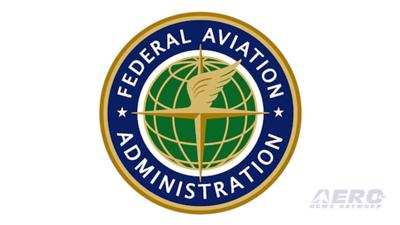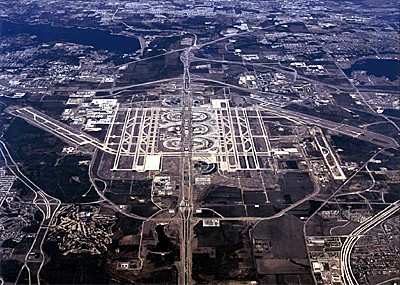Thou Shalt …
A new rule set forth by the Federal Aviation Administration (FAA) obligates airports certified under Part 139 of the Federal Aviation Regulations to establish and implement Safety Management Systems SMS protocols.

According to the FAA, the term Safety Management System (SMS) denotes a formal, top-down, organization-wide approach to managing safety risk and assuring the effectiveness of safety risk controls. Safety Management Systems include procedures, practices, and policies for the mitigation and management of all hazards likely to be encountered by air, ground, and maintenance crew-members, as well as passengers, and any other individuals peripheral to the business of aircraft operations.
In 2004, the FAA issued a final rule that revised the Federal airport certification regulation [Title 14, Code of Federal Regulations (CFR), Part 139 (14 CFR Part 139] and established certification requirements for airports serving scheduled air carrier operations in aircraft designed for more than nine, but fewer than 31 passenger seats. In addition, the final rule amended a section of Part 121 in such a way that the subpart’s provisions conformed with the changes to airport certification requirements. The revised Federal airport certification requirements went into effect on 09 June 2004.
Part 139 does not apply to airports at which air-carrier passenger operations are conducted only because the airport in question has been designated an alternate airport.
Airport Operating Certificates serve to ensure safety in air transportation. To obtain a certificate, an airport must agree to certain operational and safety standards and provide infrastructure such as firefighting and rescue equipment. Subject requirements vary depending on the size of the airport and the type of flights conducted into and out of such. Part 139 does, however, allow the FAA to issue certain exemptions to airports that serve few passengers yearly and for which excessive or pedantic requirements might create a financial hardship.

To ensure airports holding Airport Operating Certificates consistently meet the provisions of Part 139, the FAA dedicates nearly 35 full-time Airport Certification Safety Inspectors to the business of conducting certification inspections. These inspections typically occur yearly, but can be conducted extemporaneously. Inspection criteria include: pre-inspection review, in-briefing with airport management, movement area inspection, aircraft rescue and fire-fighting inspection, fueling facilities inspection, night inspection, and post inspection briefing with airport management.
FAA associate administrator for airports Shannetta R. Griffin P.E. stated: “The safe operation of our nation’s airports is paramount during these historic times in aviation as we work to repair and construct necessary airport infrastructure. This rule promotes safety and allows airports to work collaboratively with partners to mitigate risks and avert accidents.”
The final rule applies to more than two-hundred of America’s busiest commercial airports. The timeline to fully implement SMS ranges from four to five-and-a-half years, depending on the airports’ classification and operations.
The new rule takes effect sixty-days after its publication in the U.S. Federal Register.
 Unfortunate... ANN/SportPlane Resource Guide Adds To Cautionary Advisories
Unfortunate... ANN/SportPlane Resource Guide Adds To Cautionary Advisories ANN FAQ: Turn On Post Notifications
ANN FAQ: Turn On Post Notifications ANN's Daily Aero-Term (04.29.24): Visual Approach Slope Indicator (VASI)
ANN's Daily Aero-Term (04.29.24): Visual Approach Slope Indicator (VASI) ANN's Daily Aero-Term (04.28.24): Airport Marking Aids
ANN's Daily Aero-Term (04.28.24): Airport Marking Aids ANN's Daily Aero-Linx (04.28.24)
ANN's Daily Aero-Linx (04.28.24)




